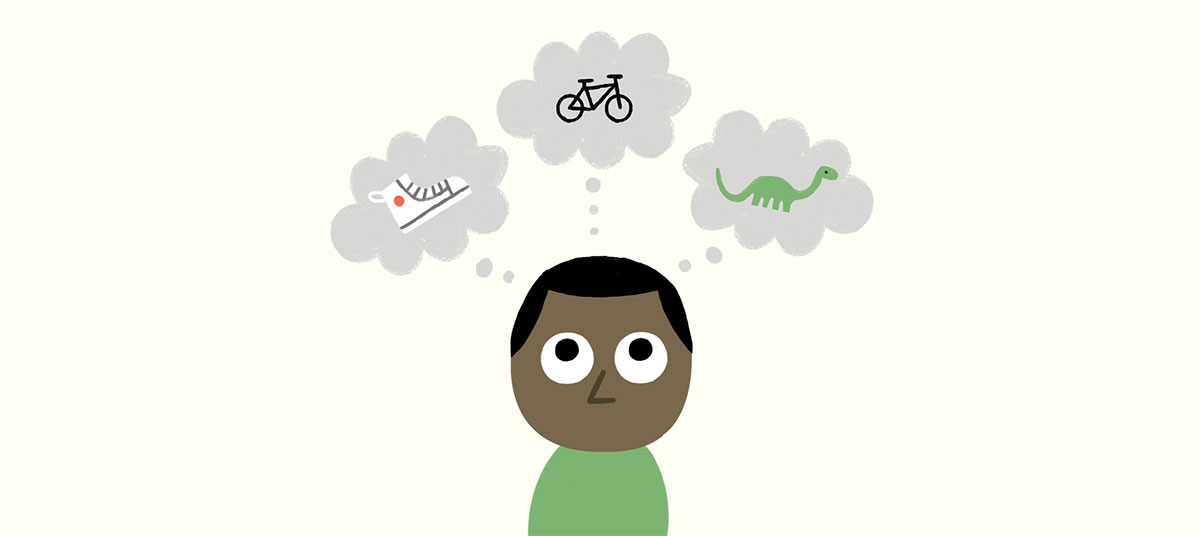When you’re looking for financing, you’ll find no shortage of options. But how do you choose which solution is right for you?
Most people are familiar with two popular ways to borrow—loans and credit cards. Loans can be valuable sources of funding, but you need to reapply whenever you need additional cash. And credit cards often come with high-interest rates, averaging 19% and going up to 29.99%.
Fortunately, a third option is available when loans and credit cards aren’t a good fit—a line of credit. And it offers some unique advantages to borrowers.
What is a line of credit?
With a loan, you borrow a lump sum of cash and pay that back after receiving the money. But a line of credit gives you access to a revolving pool of funds. You can withdraw from those funds at any time and in any amount up to your total credit limit.
Once you borrow, you’ll pay interest on the money you’ve withdrawn from the credit line. And, as you pay back that principal, it will be available for you to borrow again in the future.
Craig Thiesen, Product Manager for Unsecured Lending at Coast Capital, notes that a line of credit can be secured—that is, backed by collateral—or unsecured.
Thiesen specifies the following common types of lines of credit:
- An unsecured line of credit: most personal lines of credit.
- A cash-secured line of credit: backed by a deposit you make upfront.
- A real estate-secured line of credit: typically called a home equity line of credit (HELOC).
How can you use a line of credit?
When you borrow against a line of credit, the funds you withdraw can be used for nearly any purpose. For many people, those reasons include home repairs, renovations, debt consolidation, or emergency fund backup.
Maria Alfano is a 58-year-old payroll professional who lives outside of Toronto. She received access to a home equity line of credit when taking out a mortgage 13 years ago. She recalls that, over the years, she’s tapped her line of credit to pay for home renovations, fund her husband’s new business, and cover costs during cash shortfalls.
Plus, Alfano’s taken advantage of her HELOC’s convenience in consolidating credit card debt. “The interest rates on those cards made the monthly minimum almost unbearable,” she says. “We decided to use the line of credit to pay off the credit cards. That gave us only one low monthly payment with a low interest rate that we could manage.”
Why take out a line of credit?
Thiesen sees flexibility as one of the main advantages of a line of credit. Borrow only what you need, when you need it. You get easy access to financing without ever having to apply for new credit.
Alfano agrees that her family uses a HELOC precisely for convenience. “It was ready and at our disposal. We didn’t need the added stress of applying for a loan, the potential of being denied the loan, or the hassle of high-interest rates.”
Secured lines of credit—like a HELOC—do indeed typically offer lower interest rates than unsecured lines of credit, unsecured loans, and credit cards.
And, as you use your credit line, you’ll pay interest only on the amount you borrow—not your total credit limit. So you can rest easy knowing the cash is there for you without needing to pay for its availability.
Could a line of credit not be the right move?
Having access to a line of credit can bring peace of mind, but Thiesen notes that it can also create temptation. “Some borrowers may have difficulty with the flexibility of the product,” he says, “leading to overutilization.” For some, the allure of a line of credit can encourage extravagant spending. If a line of credit feels like a blank check to you, Thiesen recommends choosing a more structured form of financing, like a loan.
Second, while loans often feature a fixed interest rate, lines of credit generally have a variable rate. In other words, you may wind up paying more for your financing as time goes on.
Third, be aware of the impact of falling behind on even one or two payments. As with most forms of financing, your credit score most likely will drop. And you could face late fees and overdraft charges if your lender makes automatic withdrawals from an account with insufficient funds.
Planning your future with a line of credit
If you’re facing an unknown cost in the future, taking out a loan could prove challenging. How much will you need to remodel your kitchen? During which months will you require a buffer for your variable income?
Thiesen says a line of credit may be the answer “when a borrower wants to have flexibility to borrow, pay down, and re-borrow at their own leisure,” he says.
But budgeting for repayment on your line of credit can be tricky. Loans typically offer a fixed repayment schedule, so you’ll pay the same amount every single month. If that kind of predictability is important to you, consider choosing a loan over a line of credit.
When you’re exploring your options for financing, with its unique level of flexibility a line of credit may be just the right fit for your family and financial goals.
Wondering whether a line of credit is right for you? Connect with an advisor today



